Heart rhythm disorders are common
Heart rhythm disorders
Heart rhythm disturbances is a collective term for all deviations from the normal heart rhythm (sinus rhythm). Many heart rhythm disorders are harmless, while others require medical treatment. Disturbance in the heart rhythm can cause fast, slow or irregular heart action. Heart rhythm disturbance can be experienced as an irregular pulse, palpitations, dizziness or occasionally fainting.
A common heart rhythm disorder is atrial fibrillation. One in three 55-year-olds can expect to develop atrial fibrillation during their lifetime. In atrial fibrillation, the heart beats irregularly and often too fast. Atrial fibrillation does not always cause symptoms, and up to 1 in 3 people with atrial fibrillation have the condition without knowing it. Atrial fibrillation increases the risk of blood clots forming in the heart. Such blood clots can follow the large blood vessels to the brain and cause a stroke. The risk of stroke due to atrial fibrillation increases with age >65 years, diabetes, high blood pressure and other cardiovascular diseases. Anticoagulation therapy effectively reduce the risk of stroke in those with atrial fibrillation, and are recommended for most people with atrial fibrillation. Atrial fibrillation is easily detected with an ECG test. Long-term recording of the ECG increases the possibility of detecting paroxysmal atrial fibrillation.


Atrial fibrillation is electrical «chaos» in the atria. The heart contracts irregularly and often to fast
In atrial fibrillation, blood clots can form in the atria
The blood clots can follow the large blood vessels from the heart to the brain. Here, the blood vessels are smaller, and the blood clots can become stuck.
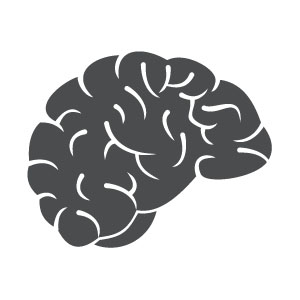
Stroke is a common term for cerebral infarction and cerebral haemorrhage.
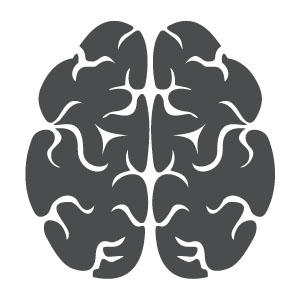
Every year, more than 600 000 people in Europe are affected by a stroke.
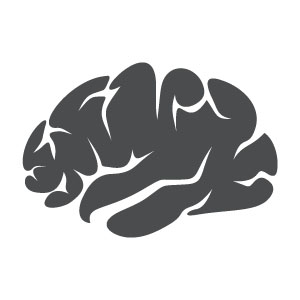
Many strokes are caused by atrial fibrillation.
ECG247 detects all common heart rhythm disturbances
ECG247 detects and categorizes all common rhythm disturbances automatically. All automatically detected rhythm disturbances must always be verified by a doctor before starting treatment.

Red
- Ventricular tachycardia ≥30 s
- Pause >4 s
- Heart rate <30/min (≥30 s)
- Supraventricular tachycardia ≥30 s
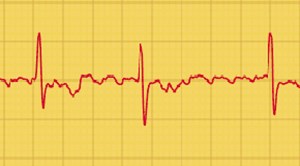
Orange
- Atrial fibrillation ≥30 s
- Atrial flutter ≥30 s
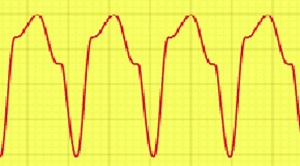
Yellow
- Ventricular tachycardia >4 beats and <30 s
- Supraventricular tachycardia 15-30 s
- Heart rate >180 /min (≥5 min)

Green
- Ventricular ectopic beats
- Supraventricular ectopic beats
- Sinus arrhythmia/irregular beats
- Heart rate>180 /min (<5 min)
- Periodic recordings
- Manual recordings (user initiated)
Common heart rhythm disturbances

Atrial fibrillation
- Irregular narrow complex (QRS ≤0.12 s) rhythm – varying distance between QRS complexes
- No p-wave preceding each QRS complex

Atrial flutter
- Regular narrow complex rhythm
- «Serrated» baseline (atrial rate often approx. 300/min)
- Often 2:1 (possibly 3:1) conduction to the ventricles and stable ventricular rate 150-160/min

Supraventricular tachycardia
- Regular fast (120-250 /min) narrow complex rhythm
- No visible p-wave

Ventricular tachycardia
- Regular fast (120-250 /min) wide complex rhythm
- No visible p-wave

Pause/blocks
- >4 seconds

Supraventricular ectopic beat
- Premature beat
- P wave with altered appearance
- Normal QRS complex

Ventricular ectopic beat
- Premature beat
- No p-wave
- Wide QRS complex (>0.12 s)



